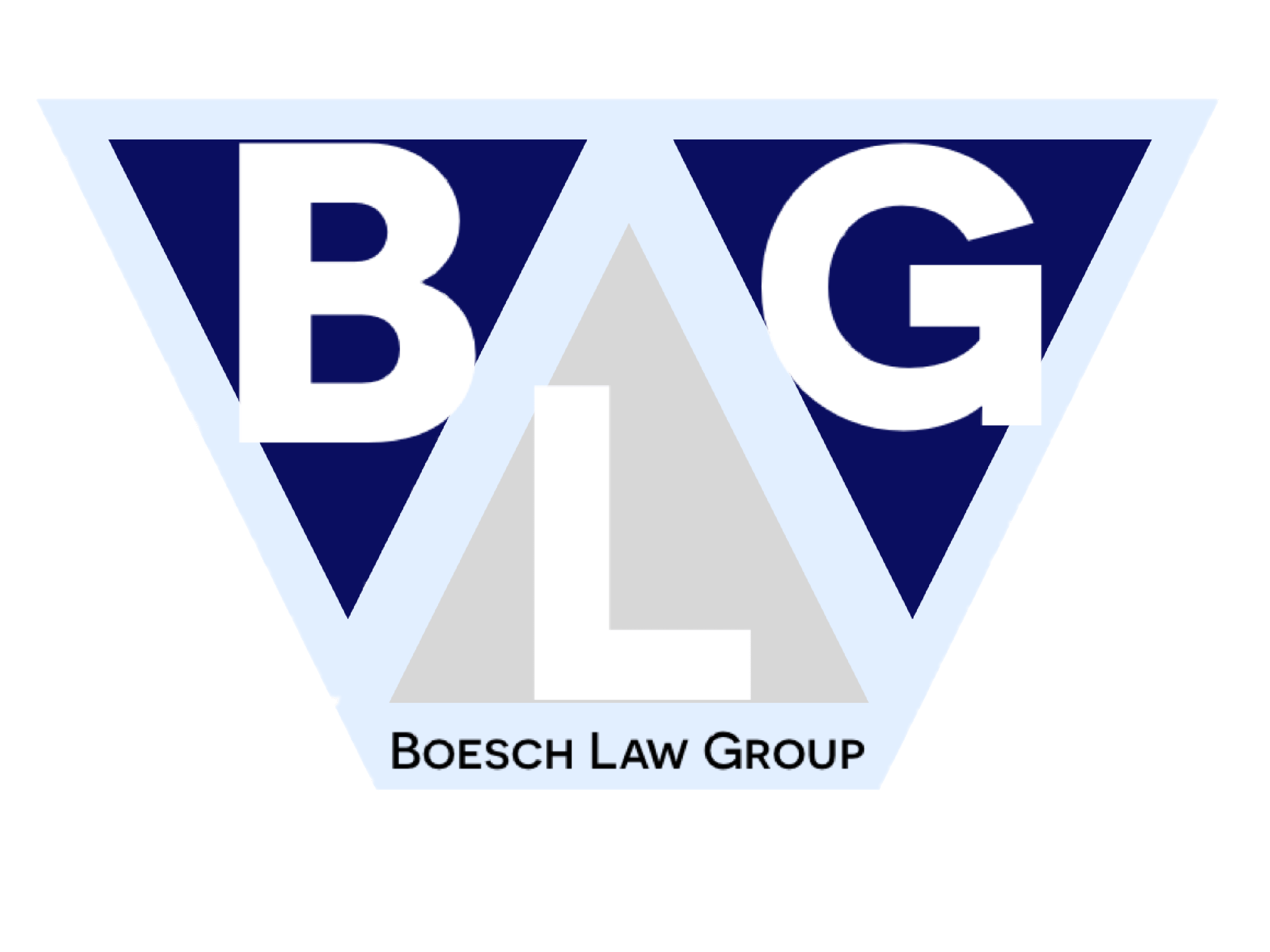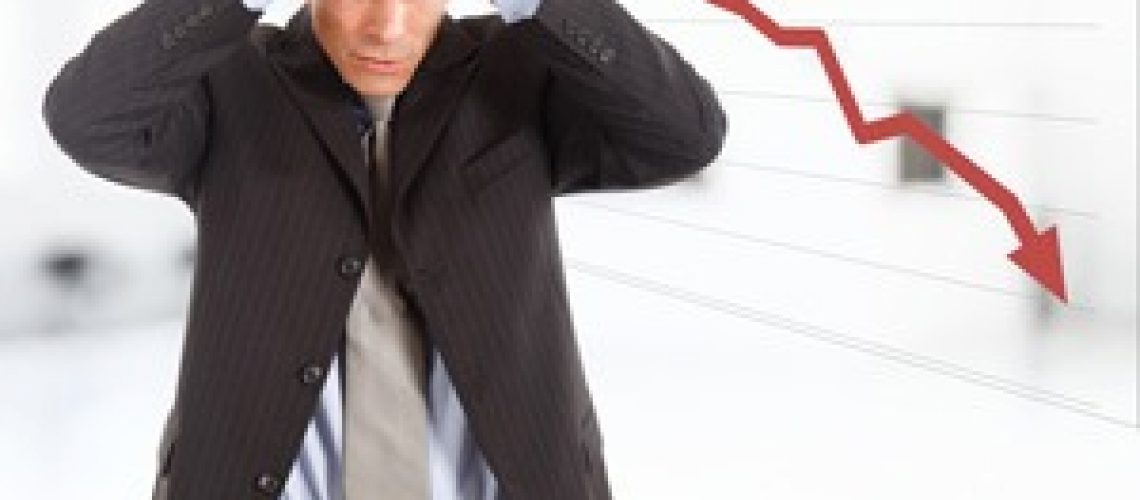Evaluation of Damages
No matter what type of claim you may be facing, whether you are the plaintiff or the defendant, an evaluation of damages is the first step toward determining how to proceed. Understanding lost profits is often a crucial part of that evaluation, and our business litigation professionals at the Boesch Law Group are both experienced and adept in making solid calculations which are accepted by the courts.
In many cases, the exact amount of damages is impossible to establish, and estimates based on the best factual evidence available, frequently bolstered by expert testimony, are the best that can be presented. Courts understand this reality, especially where it is the opposing party’s conduct that has made a precise damages calculation impossible, and have ruled that the offending party “cannot complain if the probable profits are of necessity estimated.” See Sanchez-Corea v. Bank of America (1985), 38 Cal. 3d 892, 908. In fact, the Restatement (Second) of Torts acknowledges that, while it is desirable “that there be definiteness of proof of the amount of damages as far as is reasonably possible,” nevertheless, it “is even more desirable… that an injured person not be deprived of substantial compensation merely because he cannot prove with complete certainty the extent of harm he has suffered.” This is particularly true in situations involving “anticipated profits.” See Rest.2d Torts, § 912, com. a, p. 479.
Estimate or Approximate, Don’t Speculate
While it is true that difficulty in ascertaining the amount of damages will not preclude recovery, estimates and approximations based on solid factual evidence are tried, true and accepted by the courts – but speculation is not. The law requires a “reasonable basis of computation of damages… even if the result reached is an approximation.” See GHK Associates v. Mayer Group, Inc. (1990), 224 Cal.App.3d at 856, 873-874 (emphasis added).
In business cases, damages typically are calculated based on the company’s past net profits, not its gross revenue. Damage for lost profits from an established business are more easily calculated and awarded by the court when the company has enough operating experience to allow a reasonable estimate both of its probable future income and its anticipated future expenses. See Piscitelli v. Friedenberg (2001), 87 Cal.App.4th 953, 989. These estimates should be based on complete and accurate historical data, and the “occurrence and extent of lost profits may be determined with reasonable certainty from the working experience of the business, from its past volume and from other data reflecting probable future volume.” See Guntert v. City of Stockton (1976), 55 Cal.App.3d 131, 143.
When there is a new business with no track record of performance or income, the lost anticipated profits arising from conduct which prevents or interrupts the business activities are more difficult to recover, because the profits are “uncertain, contingent and speculative.” However, they may still be recovered if there is sufficient evidence on which to base a reasonable argument for their future occurrence and the extent – “absolute certainty as to the amount is not required; reasonable certainty is sufficient.” See Kids’ Universe, (2002) 95 Cal. App. 4th 870, 883. In such cases, “expert testimony, economic and financial data, market surveys and analyses, business records of similar enterprises, and the like” can be relied upon to provide the “reasonable certainty” required by the court to award damages for lost profits. Id. at 884. Courts will also look at evidence such as business plans, investment analyses, and profit projections, as long as they were prepared prior to the litigation.
Lost profits calculations can also be difficult when the business revolves around the good will of its owner(s). When a company’s profits rely largely upon the reputation and performance of one or a few individuals, the lost profits that will be suffered because of damage to that reputation and performance must be carefully calculated based upon the best available evidence, which may include an analysis of the company’s past earnings, competitors’ earnings, market performance, and expert testimony. The general rule for lost profits remains – the courts will allow a plaintiff to show with reasonable certainty that he or she has suffered damages, and once the cause and existence of the damages have been established, the courts will not deny recovery because the damages are difficult to ascertain. As long as the best evidence available is given, the defendant will not be allowed to complain that the amount of damages has not been determined with mathematical precision. See e.g. Stott v. Johnston (1951), 36 Cal.2d 864, 875, 876.
The Importance of Competent Representation & Preparation
Many times, complex issues of proof and evidence arise and require the most competent representation and preparation, particularly when economic damages arise from many factors, and not just from the allegedly wrongful conduct. In fact, a defendant’s conduct need not be the sole proximate cause of damage in order for there to still be an award of damages. When that is the case, the defendant must prove that the damages can be reduced proportionately by other causes. If the defendant cannot clearly show the limited extent of his or her contribution to the damage, the defendant will be held liable for the entire loss. See Haft v. Lone Palm Hotel (1970) 3 Cal. 3d 756, 744.
The lesson here is that full recovery of damages for lost profits that are due, or the best defenses against speculative and exaggerated claims, require the most able analysis and competent representation. Don’t be subject to such a painful lesson. Contact the Los Angeles-based expert attorneys at the Boesch Law Group today: (310) 578-7880.
DISCLAIMER: The materials on this website are for general information purposes only and should not be construed as legal advice, legal opinion or any other advice on any specific facts or circumstances. Readers should not act or refrain from acting upon this information without seeking professional advice.
Transmission of information on or by use of this website is not intended to create, and receipt does not constitute, a lawyer-client relationship between the sender and receiver. Such communications will not be treated as confidential. Photographs and other graphics may be for dramatization purposes only and may include models. Likenesses do not necessarily imply current client, partnership or employee status.

